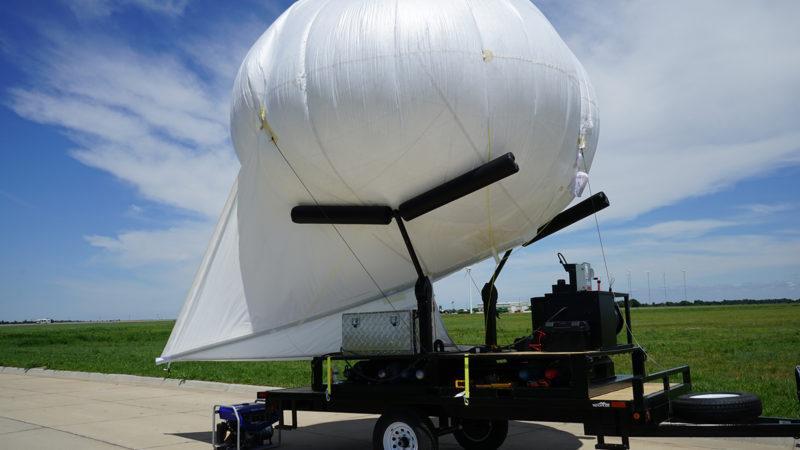Aerostat Systems: Persisting Skyward Vigil Exploring the Capabilities of Uninterrupted Aerial Surveillance
Aerostat Advantages Over Traditional Alternatives
Aerostats offer several advantages over traditional fixed-wing aircrafts or helicopters for aerial surveillance tasks. One of the major advantages is their ability to stay airborne for extended periods at relatively low operating costs compared to other options. Aerostats can remains stationed over an area for days or even weeks at a time, providing a persistent eye in the sky.
Since Aerostat Systems are essentially unmanned lighter-than-air aircraft tethered to the ground with cables or winches, they do not require runways, hangars or other heavy ground infrastructure needed for traditional manned aircrafts. Their small logistical footprint makes them well-suited for rapid deployment in remote or austere environments without major pre-existing facilities. Aerostats are also much less expensive to procure and operate compared to piloted planes or helicopters conducting similar persistent surveillance missions.
Applications for Border Security and Aerostat Systems
Airship systems have found numerous applications where persistent aerial surveillance is needed over land or coastal borders, critical infrastructure sites, or areas prone to unlawful activities. Many national agencies worldwide responsible for border security and protection of strategic assets rely on aerostat fleets to enhance situational awareness.
Border patrol organizations in countries like the United States, Mexico, and Israel employ aerostats along land borders to detect smuggling attempts and monitor for illegal crossings. Their wide-area visibility aids in identifying attempted breaches that could be missed by static observation towers or vehicle patrols alone. Along coastal borders, aerostats facilitate detection of small maritime craft attempting to make clandestine landings.
Aerostats are also utilized to monitor critical infrastructure like oil and gas pipelines, power plants, ports and harbors, and strategic facilities. Detecting any tampering, sabotage attempts, or other suspicious activities in real-time allows for rapid security response. They help maintain safety and security for operations serving vital national interests.
Surveillance Payloads for Day and Night Vision
Modern airship systems carry an assortment of surveillance payloads to enable broad area monitoring day and night. Optical sensors provide daytime visibility with zoom cameras while inertial navigation units aid in panning across the coverage footprint. Infrared cameras fitted to aerostats permit visible-light-independent surveillance even in darkness or poor weather conditions.
Some aerostat platforms integrate advanced surveillance suites including ground moving target indication radars, signals intelligence receivers, and full-motion video downlinks. All payload sensor outputs can be networked to remote command and control centers for consolidated situational display and analysis by monitoring personnel. Storage and transmission of full-motion video also allows for forensic review of past incidents.
Persistent Wide-Area Coverage With Aerostat Systems
To achieve maximum uninterrupted coverage over large regions, some critical infrastructure security programs and border surveillance operations deploy networked constellations of multiple aerostats. Coordinated airship systems maximize combined detection range through strategic positioning of individual platforms.
Redundant and overlapping coverage from multiple vantage points in a constellation configuration ensures no blind spots. It also allows for seamless handoff of surveillance responsibilities between aerostats as targets move across different sections of the operating area. If one aerostat needs to be brought down for maintenance, the others can collectively maintain persistent surveillance continuity.
Future Innovation Trajectory of Airship systems
Aerostat technologies continue to advance with new capabilities becoming available to support a wider variety of civilian and defense missions. Lighter yet stronger composite materials are yielding larger aerostats with heavier payloads and longer endurance. New hybrid designs integrate aerostatic lift with other technologies like solar planes.
advances in miniaturized sensor payloads will further enhance detection resolutions. Automatic detection algorithms utilizing techniques like deep neural networks aim to reduce operator workload. Connectivity solutions like satellite data links or high-altitude LTE networks could deliver responsive surveillance services for remote regions lacking fixed infrastructure. Overall, airship systems will remain an important persistent surveillance enabler into the future.
Get More Insights on- Aerostat Systems
Explore More On- Cryptoxanthin Market
